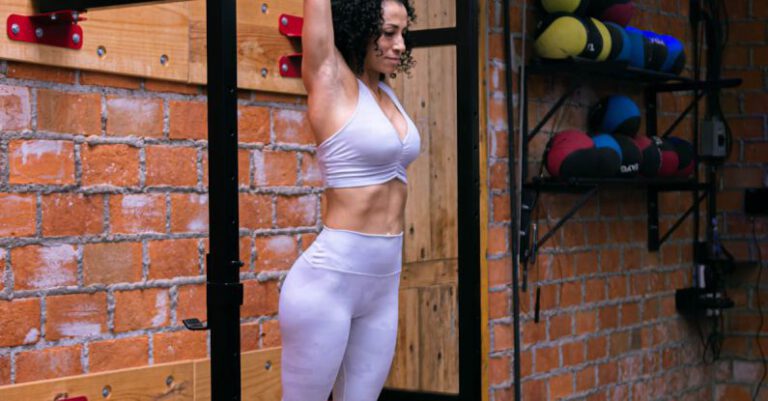
Stretching is an essential component of any fitness routine, helping to improve flexibility, mobility, and overall performance. When it comes to stretching, two common techniques are static stretching and dynamic stretching. While both are beneficial, they have distinct differences in how they are performed and their effects on the body. Understanding these variances can help you choose the most appropriate stretching method for your fitness goals.
**Static Stretching:**
Static stretching involves holding a stretch for an extended period, typically 15-30 seconds or longer. This type of stretching targets specific muscle groups and aims to gradually increase flexibility over time. During a static stretch, you move into a position that elongates the muscle and hold it without any additional movement. This allows the muscle to relax and lengthen, which can help improve range of motion and reduce muscle tightness.
One of the key benefits of static stretching is that it can help improve overall flexibility. By holding a stretch for an extended period, the muscle fibers gradually lengthen, leading to increased flexibility over time. Static stretching is often recommended as part of a cool-down routine after a workout to help reduce muscle soreness and improve recovery.
**Dynamic Stretching:**
Dynamic stretching, on the other hand, involves moving the body through a range of motion to mimic the movements of the activity or sport you are about to perform. Unlike static stretching, dynamic stretching is more active and involves continuous movement. This type of stretching helps to increase blood flow to the muscles, improve joint mobility, and enhance coordination.
Dynamic stretching is particularly beneficial before a workout or physical activity as it helps prepare the body for movement. By incorporating dynamic stretches that mimic the movements you will be doing during your workout, you can help improve muscle activation and performance. Dynamic stretching can also help improve muscle elasticity and reduce the risk of injury during physical activity.
**Key Differences:**
– **Movement vs. Stillness:** The primary difference between static and dynamic stretching is the approach to movement. Static stretching involves holding a position without movement, while dynamic stretching involves continuous movement through a range of motion.
– **Timing:** Static stretches are typically held for an extended period, while dynamic stretches are performed in a more fluid and continuous manner.
– **Purpose:** Static stretching aims to gradually increase flexibility and reduce muscle tightness, while dynamic stretching is focused on preparing the body for movement and improving muscle activation.
– **When to Use:** Static stretching is often recommended after a workout to help with recovery and flexibility, while dynamic stretching is beneficial before a workout to prepare the body for movement and reduce the risk of injury.
**Choosing the Right Stretching Method:**
When deciding between static and dynamic stretching, consider the type of physical activity you will be engaging in and your fitness goals. If you are looking to improve flexibility and reduce muscle tightness, incorporating static stretching into your routine can be beneficial. On the other hand, if you want to prepare your body for movement and enhance performance, dynamic stretching may be more suitable.
By understanding the key differences between static and dynamic stretching, you can tailor your stretching routine to better support your fitness goals and overall well-being. Whether you opt for static or dynamic stretching, incorporating stretching into your fitness routine can help improve flexibility, mobility, and overall physical performance.





